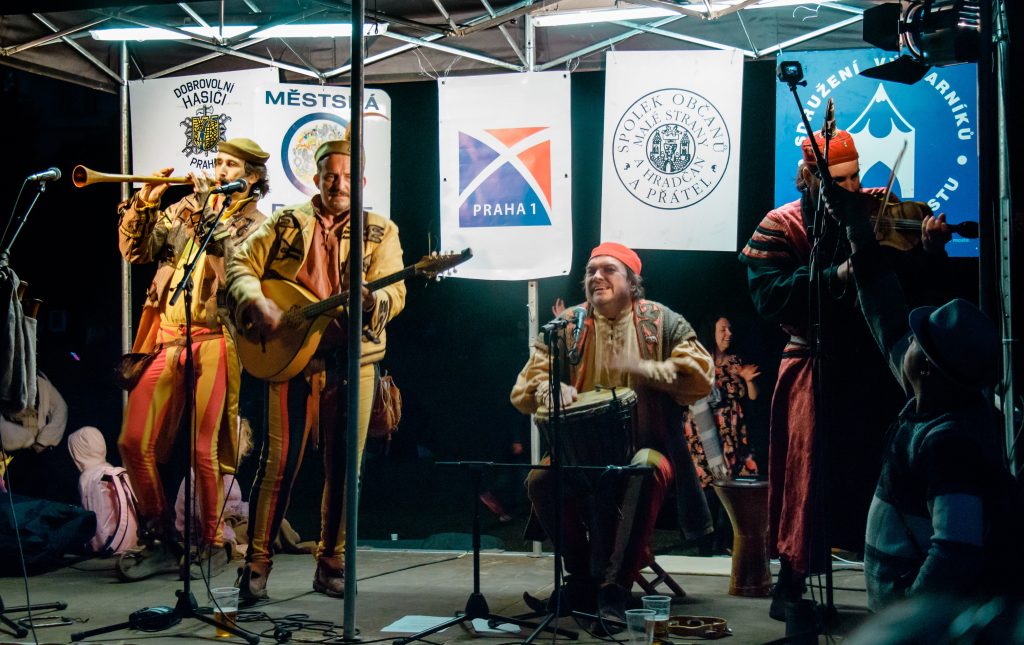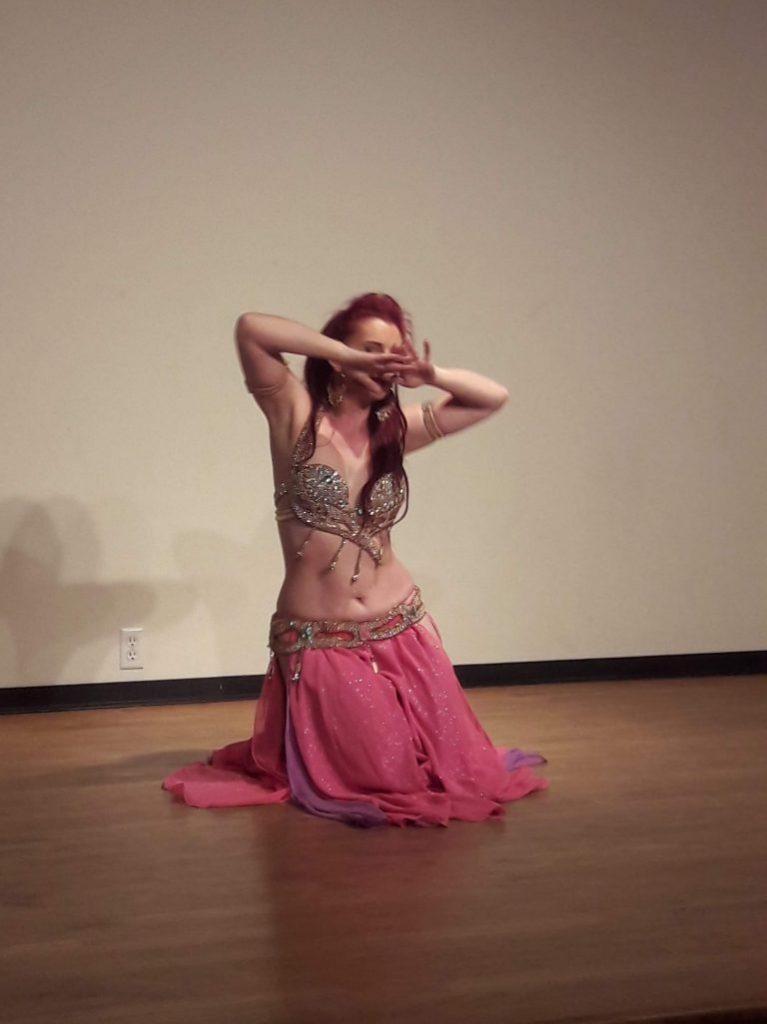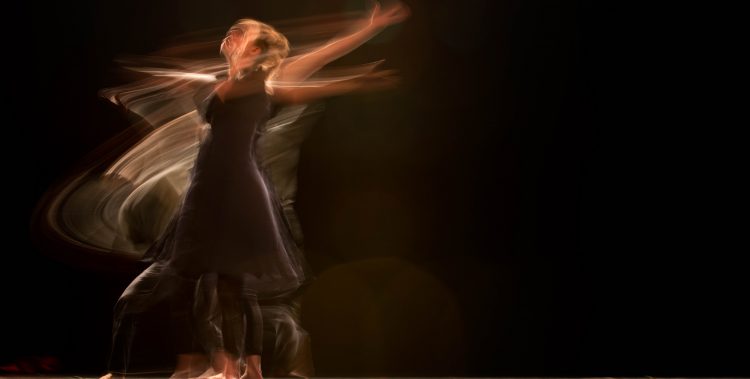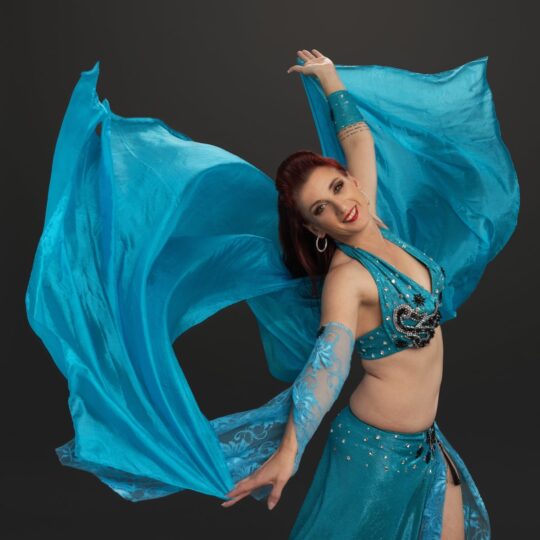Taqsim (Arabic: تَقْسِيم / ALA-LC: taqsīm; Greek: ταξίμι, romanized: taksimi, Turkish: taksim) is a melodic musical improvisation that usually precedes the performance of a traditional Arabic, Greek, Middle Eastern, or Turkish musical composition.
Wikipedia
Taking a moment this week to indulge my musical side. Long before dance called to me, I was a musician. Western stylised trained but I always had my eye on anything that had a different melodic tuning or timing.
When my first teacher introduced me to the Taqsim, I was curious, but also completely terrified of it! Improvisation was not a space I was comfortable in.
Over the years I have started to dabble more in taqsim-landia. While improvising can occasionally still be a hair-raising event, the taqsim isn’t quite as scary as it once was.
What is a Taqsim?
As you read in the introduction above, a taqsim is essentially an instrumental solo that is improvised by the instrument leading the section. Several taqsims can follow each other and unlike the definition above, taqsims can also be found in the middle of a song!
Confused? Hopefully, this will bridge the gap for you.
Traditional Arabic music is effectively poems and stories told as a song. This means that all the songs have a story arc that they follow. Some songs tell of a pleasant walk with a loved one (complete with the sentiment of the discussions had), through to pain and anguish at losing one’s heart.
The taqsim, and its cousin, the Mawwāl, can both be used as an introduction to the song. However, a taqsim can also occur within a song or a set of songs and is used as a part of the storytelling arc to provide an expression of an introspective moment for the music.
As a dancer, this also means its an introspective moment for you.
Taqsim and the Musician / Musical Instruments

Taqsims can be played by any member of the band, except the drums (that would be a drum solo and be covered by an entirely different set of rules and paradigms).
Traditionally, Oud, Nay, Qanun, and Buzuq are the main instruments used to play a taqsim. Other instruments like an accordion, guitar, saxophone and keyboards can also play the starring role.
For the western ear, a taqsim can sound a little like Jazz improvisation. The musician starts from a base maqam (for simplicity think of this as the base chord) and they will improvise up and down the maqam’s notes for as long as they wish, until returning to the original maqam.
As a general rule, under this soloing instrument, there will be very little happening. One or two other instruments may provide a “drone” sound which is the base note of the maqam. More recently produced music may also see a solo drum keeping a beat. Especially if the taqsim occurs within a song rather than being the introduction.
But… what about the dancer?

Oh yes! What about the dancer. As dancers, we are the music made flesh. Music personified. This means we need to dance in the taqsim… but not over-dance it.
We need to examine the music. What “shapes” is the soloist making with their instrument? How fast is it being played? What colours, sounds and feelings are they pouring out?
Your improvisation will need to take all of this into account. You should understand what part of the overall story arc this taqsim is telling and also what it is emoting to the listener.
But, how do you know all of this? By listening to every taqsim you can get your hands on. Many many times over. And then a few more times. Feel them in your body.
Are you curious to explore some more about taqsims or to even just try out a dance class that is easy and fun to get started with? Come and try a class or workshop with APB Dance and see what your body can do.




